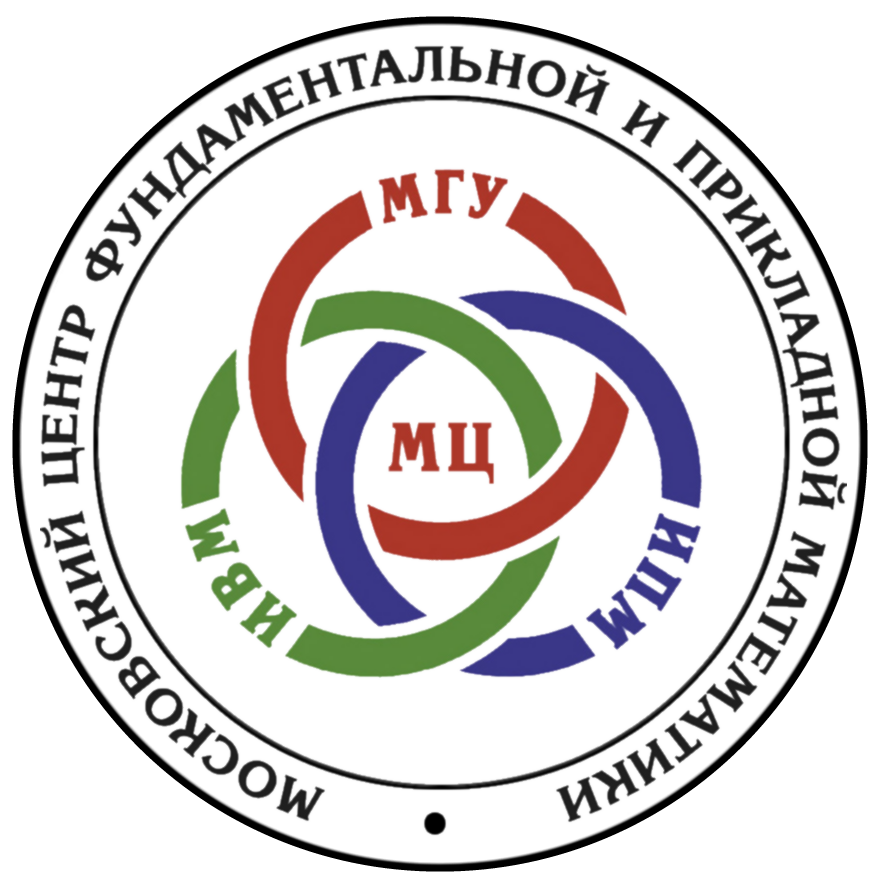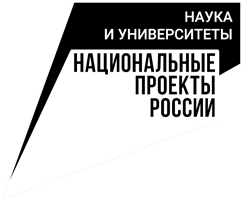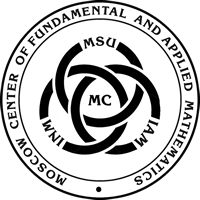55th meeting of the seminar
«Supercomputer simulation of the Earth system»
The seminar is devoted to various aspects of the application of supercomputer modeling methods for solving weather and climate forecasting problems.
Seminar co-organized organizations
 |
Lomonosov Moscow State University (MSU) |
 |
Federal Service for Hydrometeorology and Environmental Monitoring of Russia |
 |
Russian Academy of Sciences |
Supported by
 |
Moscow Center of Fundamental and Applied Mathematics |
 |
Interdisciplinary Scientific and Educational School of Moscow State University «Brain, Cognitive Systems, Artificial Intelligence» |
Seminar Leader:
 |
V.A. Sadovnichy academician, rector of Lomonosov Moscow State University |
Co-leaders of the seminar:
 |
R.M. Wilfand Doctor of Technical Sciences, Scientific Director of the Hydrometeorological Center of Russia |
 |
S.A. Dobrolubov Corr. RAS, Dean of the Faculty of Geography, Lomonosov Moscow State University |
 |
N.G. Yakovlev Doctor of Physics and Mathematics, Leading Researcher, Institute of Numerical Mathematics, RAS |
 |
V.M. Stepanenko Doctor of Physics and Mathematics, Deputy Director of RCC MSU |
Scientific Secretary of the seminar:
 |
M.I. Varentsov Ph.D., senior researcher of RCC MSU |
Seminar topics cover the following main areas (but not limited to them):
- Methods and technologies for using supercomputer computing in interdisciplinary problems of environmental sciences.
- Mathematical modeling of processes in the climate system.
- Application of supercomputer technologies to solve problems of weather forecasting.
- Application of supercomputer technologies to solve problems of assessing climate change and their consequences for the environment.
- Application of supercomputer technologies for the complex solution of problems of environmental protection, including natural hazards and man-made disasters.
PROGRAM
17:30 (GMT+3)
 |
A.V. Penenko ICMMG SB RAS, NSU, YSU, RSHU |
 |
E.V. Rusin ICMMG SB RAS, YSU |
| M.K. Emeliyanov ICMMG SB RAS, NSU |
|
 |
V.V. Penenko ICMMG SB RAS |
Data assimilation and inverse problem solving for multivariate models of atmospheric transport and transformation of impurities
Multivariate advection-diffusion-reaction models are used in a wide range of applications, including modeling the processes of transport and transformation of impurities in the atmosphere and hydrosphere. Realistic models usually require a large amount of a priori information and substantial computational resources, especially in the inverse modeling mode, in particular, for identification of emission sources and other model parameters from monitoring data.
Both variational approach and the approach based on sensitivity operators and ensembles of solutions of coupled equations are used to solve inverse modeling problems [1]. The sensitivity operators of the inverse problem are constructed from a set of sensitivity functions, which are calculated from the ensemble of solutions of conjugate equations of the model. Based on the sensitivity operators, families of quasilinear operator equations containing the unknowns of the inverse problem are formed. Along with multidimensional nonlinear models of processes, nonlinear measurement operators are also considered. Such measurement operators arise, for example, in remote sensing problems.
The ensemble nature of the algorithms allows their efficient parallelization [2]. Due to the properties of quasilinear operator equations with sensitivity operators, which allow to pre-estimate the result of solving the inverse problem [3], a hybrid algorithm for refining the results of solving the inverse problem in terms of taking into account a priori information about the type of sources [4] is implemented on the basis of machine learning methods. The algorithms are tested on regional and urban scenarios of inverse modeling.
References:
- Penenko A. Convergence analysis of the adjoint ensemble method in inverse source problems for advection-diffusion-reaction models with image-type measurements // Inverse Problems & Imaging. American Institute of Mathematical Sciences (AIMS), 2020. vol. 14, № 5. pp. 757–78226 p
- Penenko and E. Rusin, “Parallel Implementation of a Sensitivity Operator-Based Source Identification Algorithm for Distributed Memory Computers // Mathematics, vol. 10, no. 23, p. 4522, Nov. 2022, doi: 10.3390/math10234522.
- Penenko A. et al. Sensitivity Operator Framework for Analyzing Heterogeneous Air Quality Monitoring Systems // Atmosphere. MDPI AG, 2021. vol. 12, № 12. p. 16971 p.
- Penenko A. et al. Hybrid Deep Learning and Sensitivity Operator-Based Algorithm for Identification of Localized Emission Sources // Mathematics. MDPI AG, 2023. vol. 12, № 1. p. 781 p.
Please note that this time there is only a online format of participation, without the in person part.
Link to the conference:
https://us02web.zoom.us/j/89497313573?pwd=dW5vVDdWZHYzTFE3UXBnSWwvdHowZz09
Meeting ID: 894 9731 3573
Passcode: 586800
To simplify our work during the seminar, please do the following: check in advance that Zoom works for you (in the Zoom application settings you can check the quality of the speakers and microphone) and enter your last name, first name in your profile settings and middle name in full (this can be done on your profile page (https://us02web.zoom.us/profile) - in this case, conference colleagues will see how to contact you.

